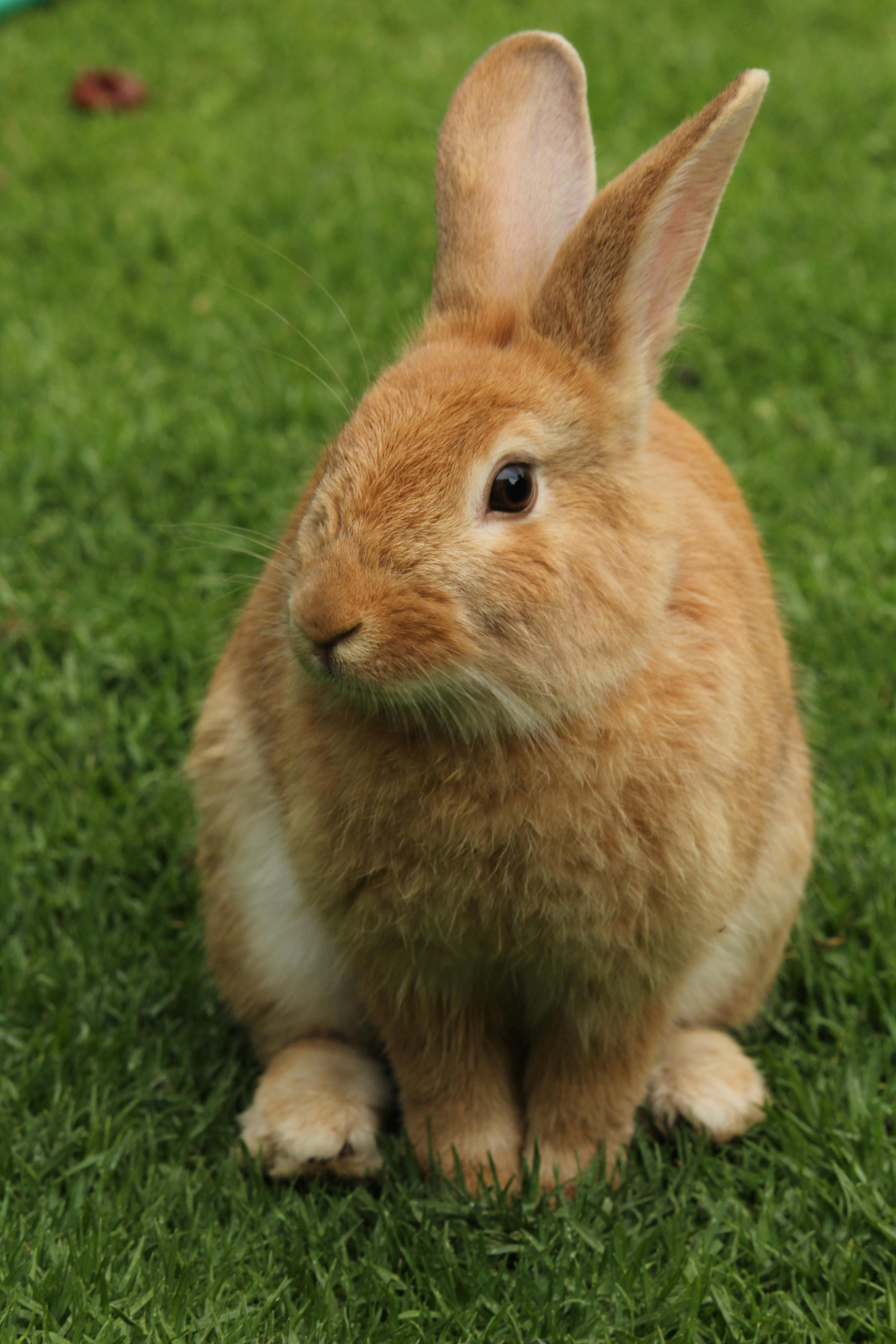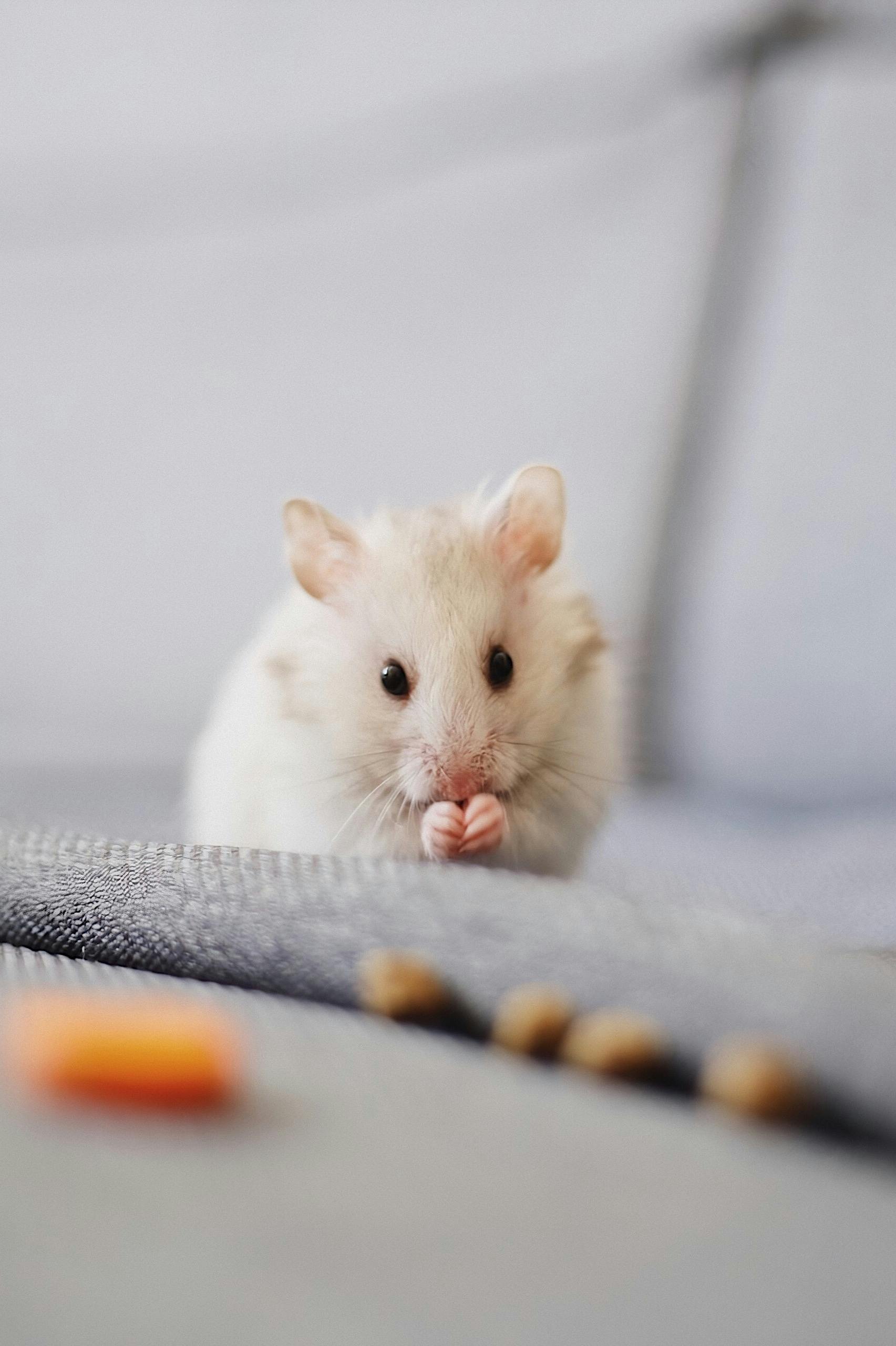
Apply Now


Effective Ways to Care for Blue Dwarf Gourami in 2025
Understanding Blue Dwarf Gourami Characteristics
Blue dwarf gouramis, known for their vibrant colors and gentle nature, have become popular among aquarists. These freshwater fish are native to Southeast Asia, particularly found in the slow-moving waters of rice paddies and swamps. Recognizing their unique characteristics is key to successful care. A mature blue dwarf gourami typically grows up to 2 inches in size, exhibiting beautiful blue coloration interspersed with shades of orange and iridescent patterns. Their social behavior is generally peaceful, making them suitable for community tanks with compatible tank mates. When keeping blue dwarf gouramis, their environmental needs should be met. They thrive in well-planted aquariums that imitate their natural habitat, which includes plenty of hiding spots and open swimming areas. Monitoring their lifespan is vital; under proper care, blue dwarf gouramis can live up to 4-5 years. Providing adequate space is essential as these fish prefer to establish territories. Proper awareness of these characteristics ensures that aquarists create an environment conducive to their well-being.Setting Up a Blue Dwarf Gourami Tank
Creating the perfect environment for blue dwarf gouramis involves understanding their specific habitat needs. Start by selecting an aquarium of at least 10 gallons, ensuring ample space for swimming and hiding. Ideal tank conditions for these fish include a temperature range of 75-82°F, with stable water parameters, including a pH level between 6.0-7.5. Using a reliable filtration system is crucial, as clean water significantly affects their health. Lighting needs should also be considered; moderate lighting is best to highlight their colors without stressing them. Incorporate live plants and decorations like driftwood, which provide hiding spots and reduce stress. It's important to create a balanced ecosystem; a well-planted tank aids in maintaining water quality and offers food sources for fry. Moreover, maintaining water quality through regular changes (at least 25% weekly) is vital for preventing diseases and enhancing their color. Frequent monitoring for stress signs, such as erratic swimming or hiding, can indicate underlying tank issues that need addressing.Selecting Blue Dwarf Gourami Tank Mates
When setting up a community aquarium for blue dwarf gouramis, choosing compatible tank mates is essential. Commonly recommended companions include peaceful fish such as neon tetras, guppies, and otocinclus. These species complement the gourami’s docile temperament and can thrive under similar water conditions. Avoid aggressive species like cichlids or larger fish that may intimidate or harm the gourami. The trick is to ensure a balanced social structure within the aquarium; introducing too many territorial fish can lead to stress. Furthermore, keeping them in groups of a minimum of three can enhance their social behavior, allowing them to engage with one another without the risk of bullying. It's also beneficial to monitor interactions regularly, especially during feeding times. Observing how fish interact and adjusting tank mates as needed ensures harmony within the community tank.Feeding Blue Dwarf Gourami: Nutrition and Diet
Proper nutrition plays a vital role in the health and vitality of blue dwarf gouramis. Their diet should be varied and include both flake foods designed for tropical fish and live or frozen foods like brine shrimp or bloodworms. Implementing a diverse feeding schedule enhances their nutritional intake, promoting healthy growth and vibrant colors. Feeding habits should consist of small amounts multiple times a day, ensuring they consume food within a few minutes to prevent overfeeding. It's essential to observe their feeding behavior and adjust portions accordingly. If food is consistently left unfed, it signals the need for portion control. Healthy feeding practices are critical for preventing ailments such as constipation, a common issue in dwarf gouramis. Providing high-quality food rich in fiber can help maintain their digestive health. In doing so, aquarists can enhance the overall well-being of their blue dwarf gourami.Breeding Blue Dwarf Gourami: Tips and Techniques
For aquarists interested in breeding blue dwarf gouramis, understanding their breeding cycle is essential. Males are typically brighter and more colorful than females, showcasing their health and vitality. To encourage breeding behavior, create a separate breeding tank with soft, dim lighting and adequate hiding spots. Temperature plays an integral role in initiating breeding; raising the temperature to around 80°F can stimulate spawning. During the breeding process, males will construct bubble nests at the water's surface. Females may lay 100-200 eggs, which the male subsequently protects. After the fry are free-swimming, segregating them from adult fish is critical as adult fish may consume their offspring. Providing healthy fry food is vital for growth; infusoria or finely crushed flakes can offer necessary nutrients for their development during the early life stages. Caring for the newly-hatched fry is a rewarding journey, showcasing the broader aspects of blue dwarf gourami care.Common Health Issues and Disease Prevention
Maintaining health in blue dwarf gouramis extends beyond their diet and environment. Observing behavior can help identify health issues early. Symptoms like discoloration or lethargy may indicate diseases such as ich, fin rot, or velvet disease. Regular water testing promotes a healthy aquarium, preventing many common ailments stemming from poor water quality. To maintain optimal water conditions, routine monitoring of ammonia, nitrite, and nitrate levels is vital. Accustomed to stress in habitats with sudden changes, ensuring stable conditions helps mitigate health risks. Additionally, minimizing overcrowding and regularly cleaning tank accessories aids in preventing disease outbreaks. When introducing new fish, a quarantine period can identify health problems before merging into the community tank. Keeping abreast of research on dwarf gourami diseases enhances your understanding, ensuring the well-maintenance of these vibrant, gentle fish.
